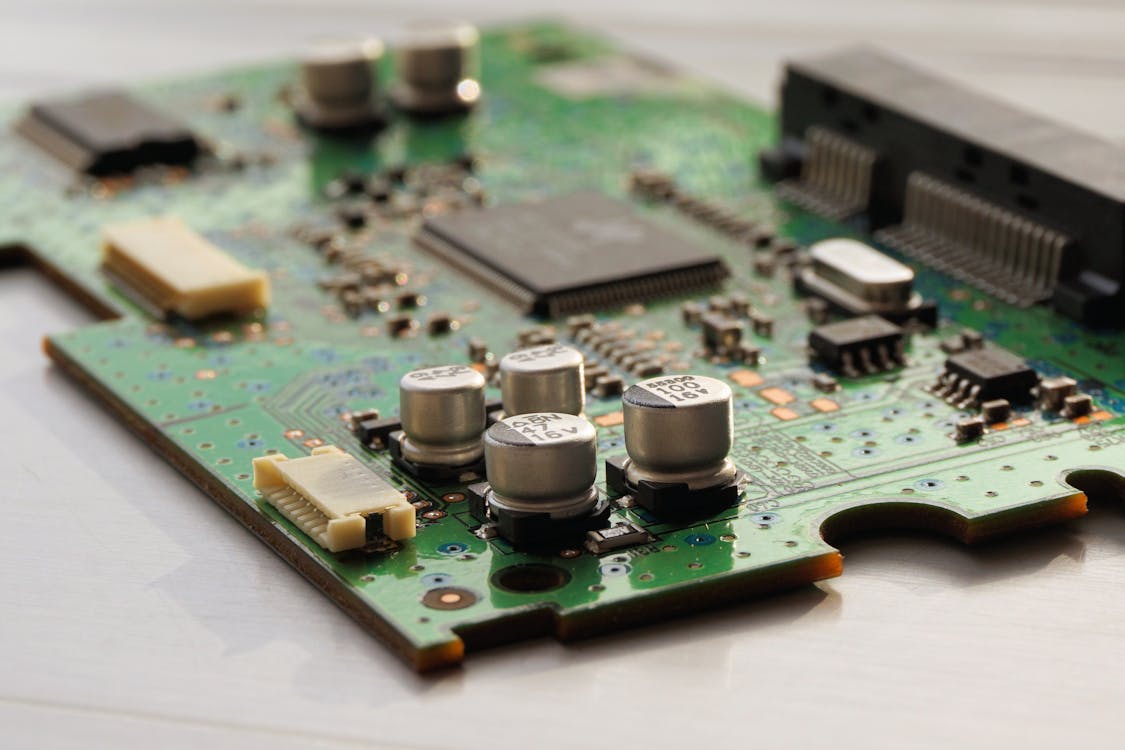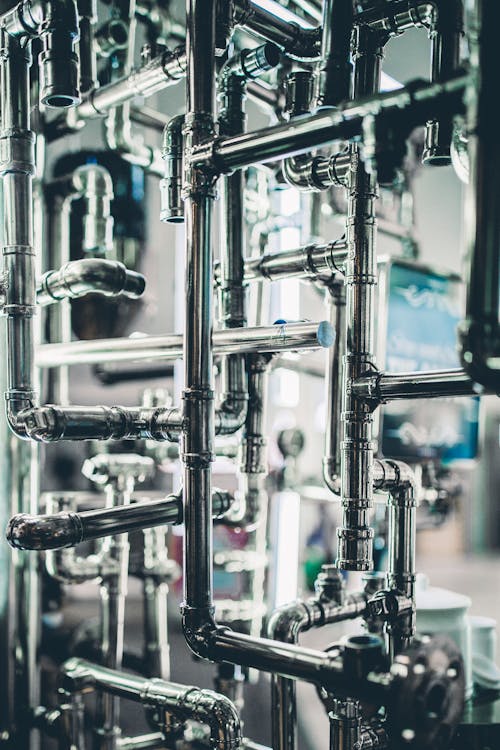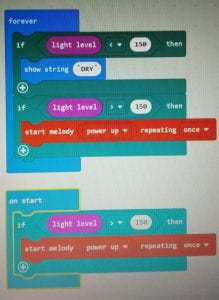The Problem:
Hadia and I recognized that water leaks can emerge from any water source or appliance in your home and can have major and long-lasting consequences if the leakage goes undetected. There are many issues that may arise to not having leaking pipes or faulty appliances repaired immediately. One of these issues include major structural damages to your household. The water leakage could compromise the foundation of your house, leave it dented badly and ruin the aesthetic appeal. In addition to this the leaking water can affect the health of your family especially children and elderly. The damp and dark conditions due to dirty water leakage act as a breeding ground for molds, fungus, and mosquitoes. Fungus not only rots the foundation of your house but also leads to asthma and lung disorders. Bugs and insects that carry a multitude of diseases can also start to infest your home. Lastly, the most obvious harm that you face due to water leaks is the financial trouble. The repairs can be expensive and can go on for a long time. You may also have to replace the damaged appliances such as your heaters adding an extra expense.
Solution:
Our solution stops the devastating issue of water leakage by a simple code in micro:bit that identifies where there is excessive amounts of moisture or water in an area of your home. The water sensor could be placed in any area of your home and will detect the change in the water levels. It will then sound an alarm notifying the owners of the house that there is a water leakage. After the owners are notified, they could inform or pay a plumber to assess the amount of water damage there is or repair the minor drips themselves before it becomes a big mess. If our water sensing device were installed in homes, it would be perfect for people concerned of leaky pipes or faulty appliances. It could easily reduce the amount of damage caused and repair cost by allowing owners early on to know there is a leak.
Our water level detector is more useful and efficient than other solutions since it always alert of the water level present in an area. It will also sound an alarm until the water leakage is dealt with or is removed from that wet area notifying the owners of the issue. Our device is more efficient than contacting a plumber to have the situation evaluated if the exact cause of the water damage cannot be located. Our device will perform that for you!
Our code:
Our code will forever detect water levels present. This will always happen since we coded our micro:bit to forever sound an alarm when the water level (it is programmed as light level and uses a light sensor but in an actual device you could substitute it for water levels and use a water sensor) is greater than one hundred and fifty it will sound a loud alarm (musical sound). If the water level is less than one hundred and fifty the LEDs on the micro:bit will display the message “DRY”. You could also adjust the values for what is considered wet or ‘DRY’ by adjusting the numbers in the conditional statements. If the area in your home is generally wetter you can increase the values, or if you are trying to pick up even the smallest bit of moisture, decrease the values.
(if you click on the image it will appear less blurry)
How does it model a circuit:
 Our code could be easily made into a circuit with patience and a few items. Micro:bit has already created the procedure for wiring the circuit and a list of needed materials. The items needed would be a BBC micro:bit, Micro USB cable for programming the BBC micro:bit, 2AAA battery pack for the BBC micro:bit, 2 x AAA batteries, analog water sensor module (available from a variety of sellers), three wires with crocodile clips. Micro:bit also goes on to explain that there are three pins on the water sensing module, labelled positive (+), negative (-) and signal (s). It then says using the crocodile clips and wires, connect the negative (-) pin on the sensor to GND on the micro:bit, the positive (+) pin on the sensor to 3V and the signal (s) pin to Pin 0, 1 or 2. In addition to this you will also have to import the code. However, our code would need will need to modified and changed to actually perform the task.
Our code could be easily made into a circuit with patience and a few items. Micro:bit has already created the procedure for wiring the circuit and a list of needed materials. The items needed would be a BBC micro:bit, Micro USB cable for programming the BBC micro:bit, 2AAA battery pack for the BBC micro:bit, 2 x AAA batteries, analog water sensor module (available from a variety of sellers), three wires with crocodile clips. Micro:bit also goes on to explain that there are three pins on the water sensing module, labelled positive (+), negative (-) and signal (s). It then says using the crocodile clips and wires, connect the negative (-) pin on the sensor to GND on the micro:bit, the positive (+) pin on the sensor to 3V and the signal (s) pin to Pin 0, 1 or 2. In addition to this you will also have to import the code. However, our code would need will need to modified and changed to actually perform the task.
The water sensor module is the most important and confusing component in this circuit. I will try to explain how the water sensor module functions as best as I can. The conductors in this parallel circuit act as a variable resistor whose resistance varies according to the water level. The resistance is inversely proportional to the height of the water:
- The more water the sensor is touching, results in better conductivity and will result in a lower resistance.
- The less water the sensor is touching results in poor conductivity and will result in a higher resistance.
The sensor produces an output voltage (voltage released by a device) according to the resistance, which by measuring we can determine the water level.
Solution fluency:
Our science class was given an assignment by Ms. Yorke that would require creative thinking. We were told to identify a problem big or small in the world and design a solution using a circuit or code in micro:bit. Immediately Hadia and I quickly started to think of worldwide issues that could use some solving. Some of these issues were missing online class, climate change, and pollution. After a few ideas were jotted down on our brainstorm, we had found our issue dirty drinking water. This was our original topic. However, after some research we quickly changed our problem.
Our new and final issue was now undetected water leaks. When Hadia and I chose our new topic, we spent some time researching and looking at previously made codes in micro:bit to then adapt to suit our needs. After browsing the internet and having conversations about the project we came up with our solution.
The solution to our issue was to create a water level sensor using micro:bit that could be placed in any area of your home. We had viewed some projects created by micro:bit that senses light change and decided we could adapt the code to be targeted to our issue. Micro:bit does not have a water sensing option, but Hadia and I decided to trouble shoot and use the light sensor instead. In a real-life device, the light sensor could easily be replaced with a water sensor. So, with that said our code is programmed to detect when there are excessive amounts of water (light) in an area or your home and will sound an alarm to notify the owners. When there is little to no water present in an area the micro:bit is programmed to say “DRY” forever.
Our solution provides the owners an opportunity to inform or pay a plumber to assess the amount of water damage there is or to repair the minor drips themselves before it becomes a big mess. It could easily reduce the amount of damaged caused and repair cost by allowing owners early on to know there is a leak.
Reflections:
I feel as if we worked very hard to research and code in micro:bit. We spent a large amount of time perfecting our code and making sure it was our best work. However, I feel as if we could have used our time more efficiently, instead of completing everything last minute. In addition to this, the steps of solution fluency and my recently gained coding skills could be applied to future projects, jobs or even projects of my own enjoyment. I feel as if I have deepened my understanding of how to program and how a code models a circuit which will come in handy if I were to take an elective or class that requires some sort of programming or circuitry. Solution fluency is a great way to collaborate and breakdown of steps required to solving a problem.

Image Sources:
(photo of person standing outside of a house taken by Rodolfo Quirós)
(close up photo of computer motherboard by Pixabay)
(photo of silver pipes taken by jjawei cui)
(photo of women having a conversation by Canva Studio)



Excellent explanation of how you used the solution fluency to address a problem important to you: a moisture detector to prevent floods. Great work discovering solutions to your issue and sharing the sources of your research. You included very effective media showing what your solution looks like. Awesome job. How could the knowledge you gained with this approach help you in the future?
Thank you for the kind words and for lack of a better word question. I have edited my post to include how the knowledge I have gained can be applied in the future.